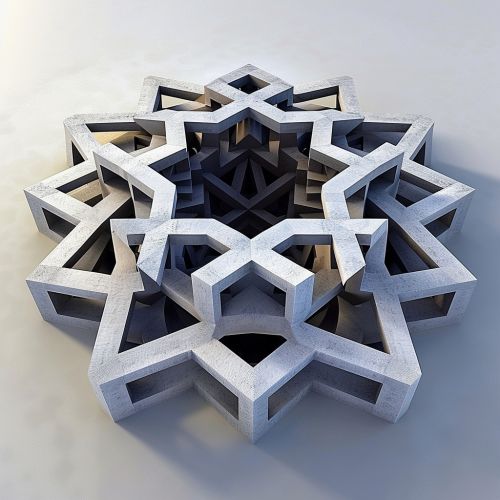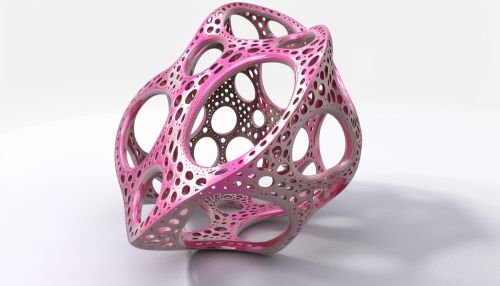Computational Geometry
Introduction
Computational geometry is a branch of computer science dedicated to the study of algorithms which can be stated in terms of geometry. It has wide-ranging applications in fields as diverse as computer graphics, computer-aided design, geographic information systems, robotics, and bioinformatics.


History
The field of computational geometry emerged in the 1970s, as researchers began to develop efficient algorithms for solving problems involving geometric computations. Early work in the field focused on problems in Euclidean geometry, but the scope of computational geometry has since expanded to include non-Euclidean geometries and higher-dimensional spaces.
Fundamental Concepts
Computational geometry is fundamentally concerned with the design and analysis of algorithms for solving geometric problems. These problems often involve objects in two or three dimensions, but computational geometry also deals with objects in higher dimensions.
Geometric Objects
The most basic objects studied in computational geometry are points, lines, and polygons in two dimensions, and their higher-dimensional analogues such as points, lines, planes, and polyhedra in three dimensions. Other common objects include curves and surfaces, which can be represented in various ways.
Geometric Algorithms
A geometric algorithm is a step-by-step procedure for solving a problem involving geometric objects. These algorithms often involve operations such as intersection, union, and difference of geometric objects, as well as more complex operations like convex hull computation, Voronoi diagram construction, and Delaunay triangulation.
Computational Complexity
The efficiency of a geometric algorithm is typically measured in terms of its computational complexity, which is a function of the size of the input. The goal in computational geometry is often to design algorithms with low computational complexity, in order to solve large problems efficiently.
Applications
Computational geometry has a wide range of applications in various fields.
Computer Graphics
In computer graphics, computational geometry is used to generate and manipulate complex 3D models. This includes tasks such as surface reconstruction, mesh generation, and collision detection.
Computer-Aided Design
Computer-aided design (CAD) systems rely heavily on computational geometry for tasks such as geometric modeling, intersection testing, and tolerance analysis.
Geographic Information Systems
In geographic information systems (GIS), computational geometry is used to process and analyze spatial data. This includes tasks such as map overlay, spatial querying, and route planning.
Robotics
In robotics, computational geometry is used for tasks such as path planning, sensor fusion, and object recognition.
Bioinformatics
In bioinformatics, computational geometry is used to analyze and visualize complex biological structures, such as proteins and genomes.
See Also
Algorithmic Geometry Computational Topology Geometric Modeling Geometric Algorithms Geometric Data Structures
